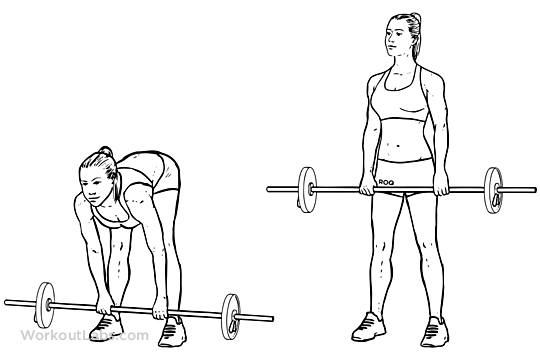Managing and Preventing Low Back Injury
A back injury or back pain can make bending over, standing straight, getting out of bed and even breathing seem intolerable. The symptoms can range from mild, occasional twinges to chronic, long-lasting, persistently pain. A pulled muscle, sprained ligament, damaged disk, degenerative disorder, or the wear and tear can be to blame.
Poor posture, incorrect lifting technique, and carrying around a big belly are precursors to low back injury. Neurosurgeons treat everything from pinched nerves and sciatica to degenerative disc disease and stenosis. However, the vast majority of low back injuries are managed non-operatively through strengthening exercises, weight loss, lifestyle change, physical therapy, chiropractic care, massage therapy, injections and medications.
Tips for a Healthy Back
1. Get moving and lose the belly fat
Keep your body well conditioned, maintain a healthy weight, exercise regularly and avoid sedentary living to help prevent back injuries and associated pain. The more you move and stay active, the healthier you will be.
2. Uphold good posture, especially during lifting
Always maintain a neutral spine when heavy lifting. A rounded low back has a higher risk of injury. It compresses the front part of your spinal discs. The more your lower back rounds, the bigger the compression. Maintaining a neutral spine during lifting and squatting requires adequate spinal mobility, lower limb flexibility and strength.
3. Take regular breaks if sitting for long periods of time
Through much of our daily life, we are required to sit, often for extensively long periods. Regular small breaks are better than one large break, so get up and walk around every 30 min to relieve some of the pressure that has accrued through our spinal column while sitting.
4. Support the healing process
If your back pain allows a degree of mobility, keep the area stimulated with light exercises, such as swimming and walking. This helps to heal without risking further injury to the disks.
5. Work your core
Having a strong core of musculature stabilizes the spine to reduce injury. Those with a preexisting injury will also benefit from core strengthening.
Your abs must be exercised in conjunction with all other core areas to ensure total core health. You want to balance forces on the spine as you build your core. This means building strength in the lower back as well.
These tips will help to ensure that you’re taking the right steps to avoid any lower back problems.
Tamara Koroscil, BMR.PT, BSc., Acupuncture certified, MCPA, CSCS
Physiotherapist, Trailside Physio


No Comments